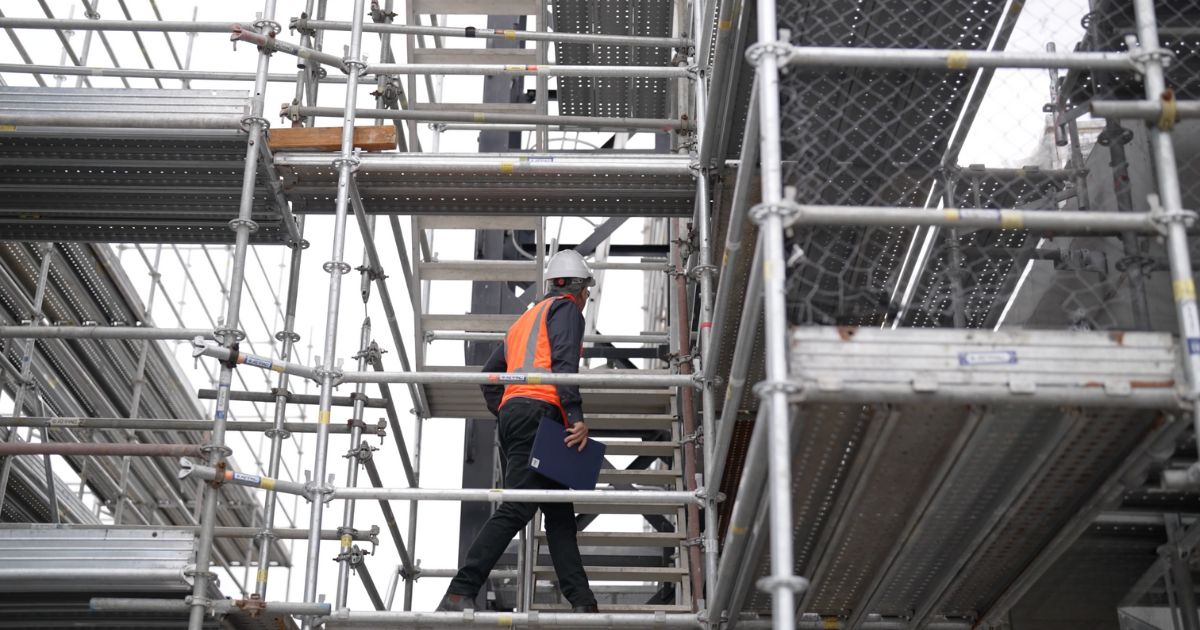How to Spot Early Signs of Structural Damage in Older Buildings

June 7, 2025 | By Rise Engineers
Older buildings have character and charm but they can also come with hidden structural issues. Over time, exposure to weather, foundation settlement, poor maintenance, or outdated construction methods can lead to damage that compromises safety and longevity. Spotting early signs of structural damage is crucial to addressing problems before they become costly or dangerous.
Here are some common indicators to watch for:
1. Cracks in Walls, Ceilings, or Floors
Hairline cracks are common, especially in plaster, but larger or widening cracks could signal higher risks. Pay close attention to:
- Horizontal cracks in walls
- Cracks above doors or windows
- Stepping cracks in brickwork
- Cracks that go through both internal and external walls
These may suggest foundation movement, settling, or structural stress.
2. Doors and Windows That Stick or Don’t Close Properly
If doors or windows start jamming or won’t latch, it could be more than just humidity. It might indicate a shift in the building’s frame due to foundation movement or wall deformation.
3. Sagging or Uneven Floors
Older timber floors may creak, but if you notice dips, slopes, or bouncing underfoot, it could mean:
- Joists are weakened or rotting
- Subfloor framing has shifted
- Moisture damage has affected timber integrity
4. Visible Rust or Corrosion on Structural Steel
In heritage or industrial buildings, exposed steel beams or lintels may show signs of rust. If left untreated, corrosion can reduce the load-bearing capacity of the structure and lead to structural failure over time.
5. Water Stains or Damp Patches
Persistent dampness or water ingress can cause timber rot, rust, and concrete degradation. Look for:
- Stains on ceilings or walls
- Peeling paint or bubbling plaster
- Musty odours or mould growth
Water damage is a major contributor to long-term structural problems if not addressed quickly.
6. Bulging or Leaning Walls
A bulging brick wall or a leaning façade may indicate structural movement, foundation problems, or deterioration of supporting materials. This is especially important in retaining walls or masonry façades of older buildings.
7. Roofline Irregularities
Sagging rooflines, dips in ridge tiles, or visibly deformed roof structures can be a sign of timber failure, heavy water damage, or foundation shifts. These issues often lead to further internal and external problems.
What to Do If You Notice These Signs
If you notice any of the above warning signs, it’s best to consult a qualified structural engineer for an assessment. At Rise Engineers, we provide expert inspections, reports, and structural solutions for older buildings, helping you maintain safety, compliance, and peace of mind.
Catching structural damage early can prevent costly repairs and keep occupants safe. Regular inspections and proactive maintenance are key to preserving older buildings.
Need help assessing an older property?
Contact Rise Engineers today for a professional structural assessment and practical solutions.